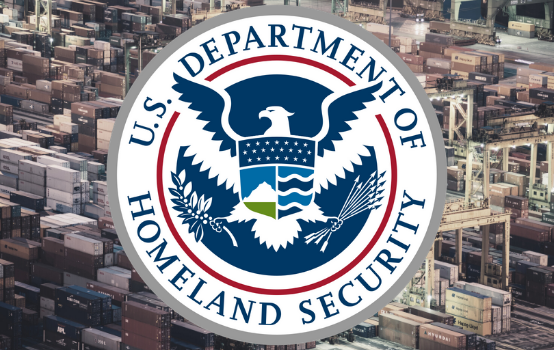
In December, we published an article introducing IMO 2020 and explaining the reasoning behind the new regulation. Since then, these changes have gone into effect and the global shipping industry has adjusted to accommodate them as ships switch out fuel options to remain compliant.
What nobody could predict was how tumultuous the supply chain climate would be in early 2020 with the COVID-19 pandemic throwing global trade into disarray. The question is – how has IMO 2020 weathered the storm?
What is IMO 2020 Again?
To protect the long-term health of the environment and populations living near ports and coasts, the International Maritime Organization (IMO) has introduced regulatory measures – nicknamed IMO 2020 – that limit sulphur emissions from ships. Effective since January 1, 2020, ships are no longer allowed to burn bunker oil and instead must either burn a fuel oil low enough in sulphur content to meet IMO requirements (like a blend oil or by using additives in existing oil) or install “scrubbers” (gas exhaust cleaning systems) to bring their emissions down to an acceptable level.
Sulphur oxide emissions have been linked to respiratory diseases, acid rain, and ocean acidification, so reducing sulphur content in fuel oil from 3.5% m/m (mass by mass) to 0.5% m/m is an important step in guaranteeing the long-term health of the environment and the wellbeing of people in affected areas.
Is It Working?
Industry professionals debated the feasibility of such a huge fuel switch before implementation, wondering if there would be enough low-sulphur fuel and what the new fuel would do to ship engines long-term. Regardless, disruption was widely expected, and shippers did their best to brace for impact. What resulted was far different from speculation; IMO 2020 was implemented smoothly thanks to nearly a decade of proper planning, with “few real disruptions” reported.
The success of IMO 2020 can largely be attributed to the circumstances during which it was adopted. Strategic stockpiling of fuel helped shippers mitigate any supply and demand discrepancies, global crude price softening between December and January helped streamline the transition, and the flexibility of multiple compliant fuel options allowed ships to prepare in a way that was best for them.
Though Forbes notes that the fuel market is very swiftly changing with the COVID-19 pandemic as it develops, the current circumstances created a perfect storm allowing shippers to take advantage of falling global fuel prices and make the most of IMO 2020, a move which ensures the health and well-being of affected populations and the environment.
Next Steps
Though IMO 2020 is an important first step on global shipping’s path to going green, there is always more work to be done. Forbes notes that regulations dealing with carbon emission reduction are the future of fuel cleanliness, and hopefully with the same careful consideration for market circumstances, each step will be more successful than the last.
For more information on the IMO and their dedication to promoting environmental responsibility and marine safety within the global shipping community, visit their website here. If you have any further questions about IMO 2020 and how it affects your shipments, contact your Mohawk Global representative.

